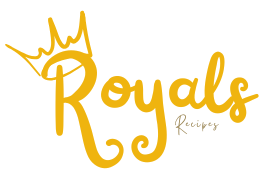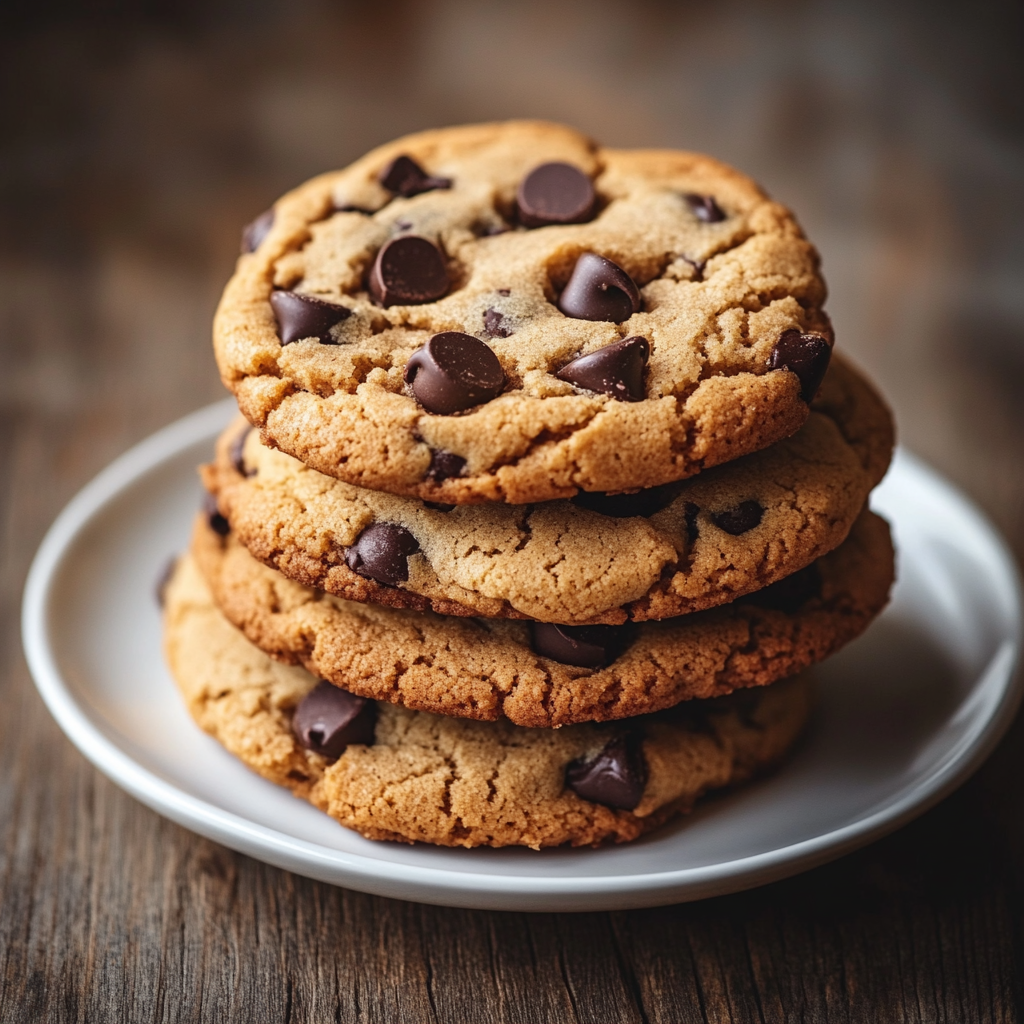Introduction
Is Chocolate Chip Cookie an Element Compound or Mixture? Chocolate chip cookies are one of the most beloved treats in the world, but have you ever wondered how they’re classified in scientific terms? Are they an element, a compound, or a mixture? This question dives into the chemistry behind the cookie, helping us understand how its ingredients come together and interact.https://royalesrecipes.com/how-to-make-fluffy-mini-pancakes/
To answer this, we need to explore the definitions of elements, compounds, and mixtures. While elements and compounds are pure substances, a mixture is a combination of different substances that retain their individual properties. Spoiler alert: chocolate chip cookies are mixtures, and here’s why.
In this article, we’ll break down the science of what makes a chocolate chip cookie a mixture. We’ll also discuss why it doesn’t fall into the categories of elements or compounds and how understanding this concept applies to everyday life.
Understanding Elements, Compounds, and Mixtures ” Is Chocolate Chip Cookie an Element Compound or Mixture”
Definition of Elements
An element is the simplest form of matter, consisting of only one type of atom. Elements serve as the fundamental building blocks of all substances, whether they occur naturally or are man-made. Each element is unique because of its atomic structure, defined by the number of protons in its nucleus. For example, hydrogen (H) is the lightest and simplest element, with just one proton, while uranium (U), a much heavier element, contains 92 protons. Elements cannot be broken down into simpler substances through chemical or physical processes. This makes them distinct from compounds and mixtures, which involve combinations of elements or substances.
Elements are organized in the periodic table, where they are grouped based on their chemical properties and atomic numbers. Common examples of elements include oxygen (O), which is vital for breathing; gold (Au), valued for its rarity and beauty; and iron (Fe), essential for constructing tools and infrastructure. In daily life, you encounter elements in their pure forms, such as aluminum in soda cans or helium in balloons. Understanding elements is essential for exploring more complex topics in chemistry, as they form the basis for compounds, mixtures, and all materials we interact with.
Definition of Compounds ” Is Chocolate Chip Cookie an Element Compound or Mixture”
A compound is a pure substance formed when two or more elements chemically bond together in fixed proportions. These bonds, which can be ionic or covalent, create a new substance with unique properties that are different from the individual elements that compose it. For example, water (H₂O) is a compound made from two hydrogen atoms and one oxygen atom. While hydrogen is a flammable gas and oxygen supports combustion, their chemical bond forms water, a liquid that extinguishes fires and sustains life. Compounds are distinct from mixtures because the elements in a compound are chemically combined, and you cannot separate them by physical means like filtration or evaporation.
The ratio of elements in a compound is always consistent, which defines its identity and properties. For instance, carbon dioxide (CO₂) always contains one carbon atom for every two oxygen atoms, and table salt (NaCl) always consists of one sodium atom and one chlorine atom. Compounds can form through various chemical reactions, including combustion, synthesis, and decomposition. In everyday life, compounds are everywhere—sugar (C₆H₁₂O₆) in food, baking soda (NaHCO₃) for cooking, and rust (Fe₂O₃) on metal surfaces. Understanding compounds is crucial for fields like chemistry, biology, and environmental science, as they play a vital role in everything from creating life to developing new materials.
Definition of Mixtures “Is Chocolate Chip Cookie an Element Compound or Mixture”
A mixture is a physical combination of two or more substances that retain their individual properties and can be separated by physical means. Unlike compounds, the substances in a mixture do not chemically bond with each other. Mixtures can vary widely in their composition, allowing their components to exist in varying proportions. For example, air is a mixture of gases such as oxygen, nitrogen, and carbon dioxide, while a salad is a mixture of vegetables, fruits, and dressing. Mixtures are classified into two main types: homogeneous and heterogeneous.
Homogeneous mixtures, also known as solutions, have a uniform composition throughout. Examples include salt dissolved in water or sugar in tea. In contrast, heterogeneous mixtures are non-uniform, and you can see and identify the different components. Examples of heterogeneous mixtures include trail mix, oil and water, or chocolate chip cookies. Understanding mixtures is essential because they are present in nearly every aspect of daily life, from the foods we eat to the air we breathe. Recognizing the properties of mixtures also helps in scientific applications like separating components and analyzing their behavior in different environments.
What Makes a Chocolate Chip Cookie a Mixture?
Heterogeneous vs. Homogeneous Mixtures ” Is Chocolate Chip Cookie an Element Compound or Mixture “
Chocolate chip cookies are classified as heterogeneous mixtures because their ingredients are not uniformly distributed. You can see and identify the chocolate chips, dough, and other add-ins, like nuts or oats, as separate components. This non-uniform distribution makes cookies distinct from homogeneous mixtures, where components blend seamlessly.https://zt.ms/L1X
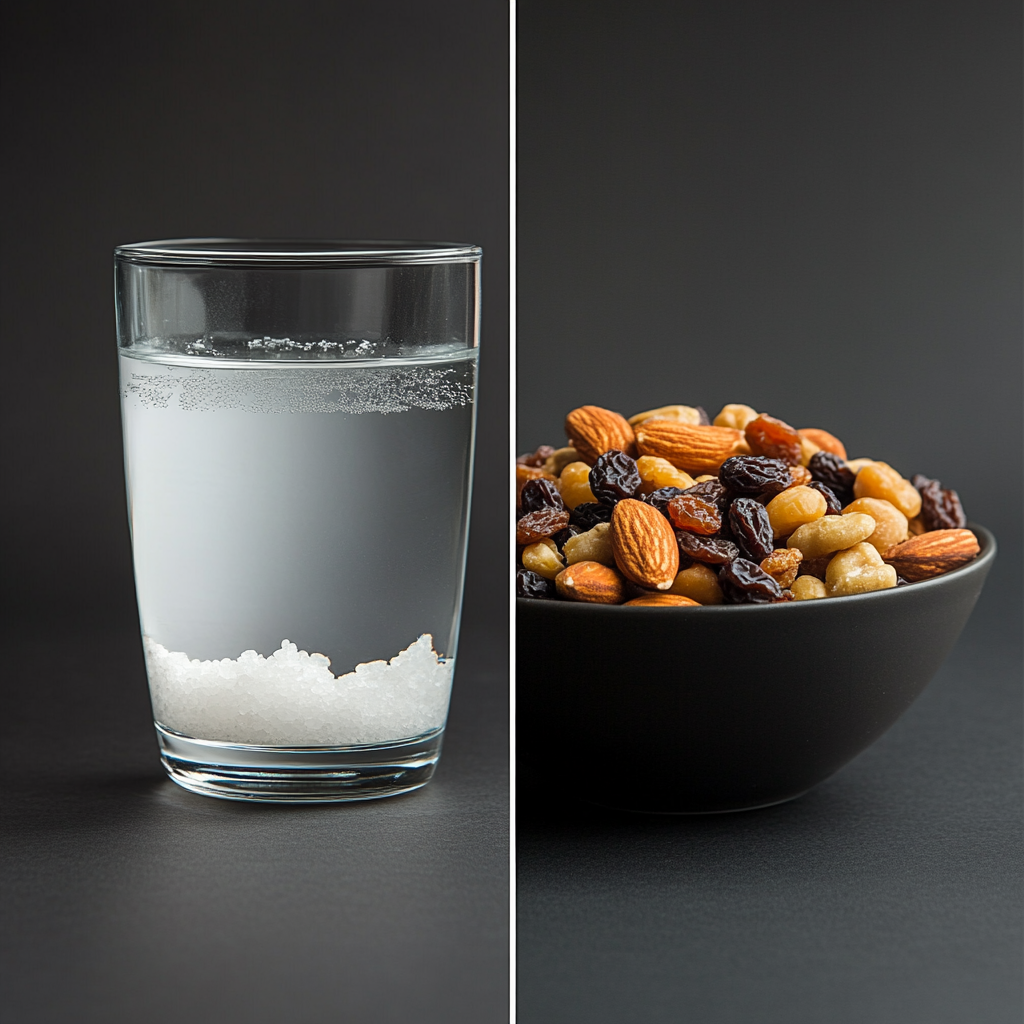
Visible Ingredients in a Cookie
The most obvious evidence of a cookie being a mixture is the visibility of its individual ingredients. Chocolate chips, flour, sugar, butter, and eggs are mixed together but not chemically bonded. During baking, some chemical changes occur, but the overall structure remains a physical combination of ingredients.
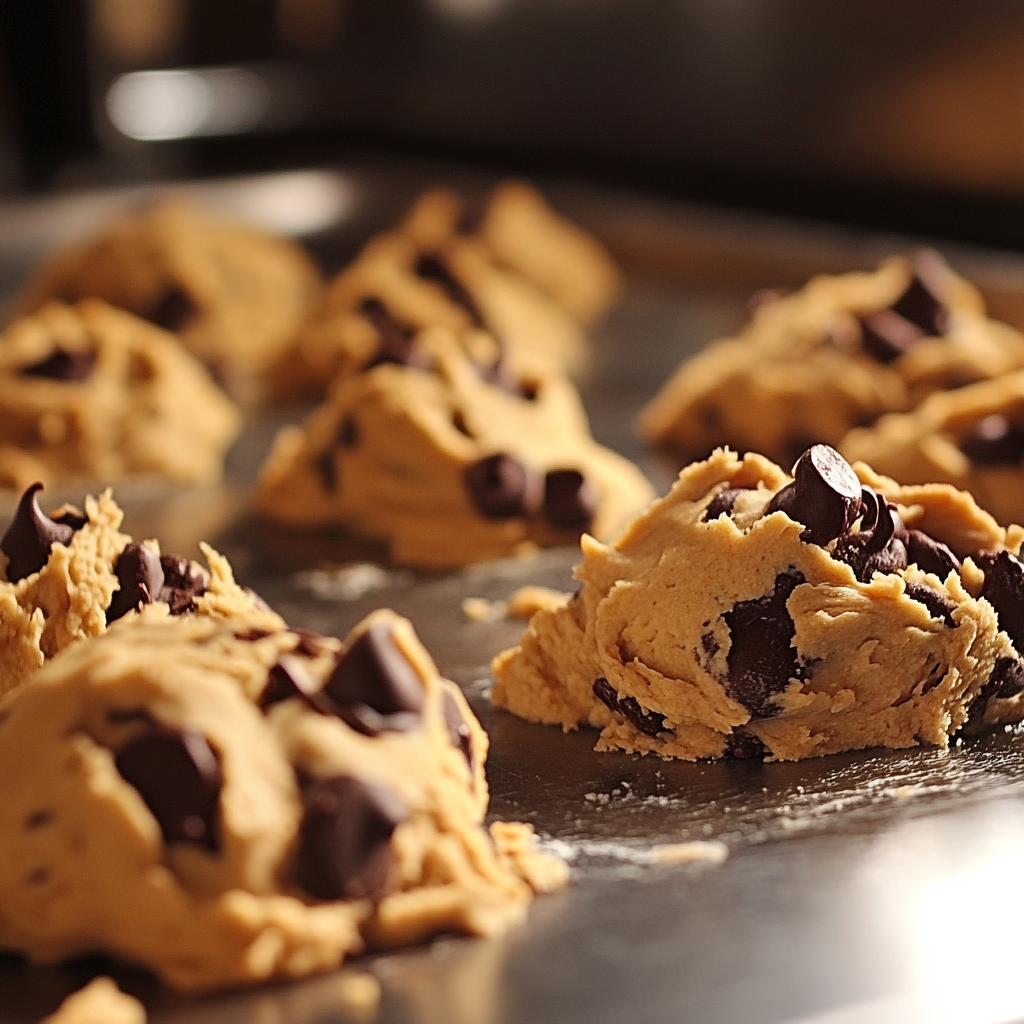
Why a Chocolate Chip Cookie Is Not an Element or Compound
What Defines an Element “Is Chocolate Chip Cookie an Element Compound or Mixture”
A chocolate chip cookie cannot be an element because it is made up of many different types of atoms. Elements are pure substances consisting of only one type of atom, such as gold (Au) or oxygen (O₂), which clearly doesn’t apply to cookies.
Why a Cookie Isn’t a Compound “Is Chocolate Chip Cookie an Element Compound or Mixture”
While cookies involve a chemical process during baking, such as the Maillard reaction that creates browning, they are not compounds. A compound is a pure substance with chemically bonded elements in fixed proportions, like salt (NaCl). A cookie contains physically mixed ingredients that can be separated, such as picking out chocolate chips or breaking the dough into pieces.
Real-Life Examples of Mixtures
Mixtures in Food “Is Chocolate Chip Cookie an Element Compound or Mixture”
Chocolate chip cookies are just one example of heterogeneous mixtures in food. Other examples include salads, trail mix, and sandwiches, where you can see and separate individual components. These mixtures retain the original properties of their ingredients, similar to a cookie.
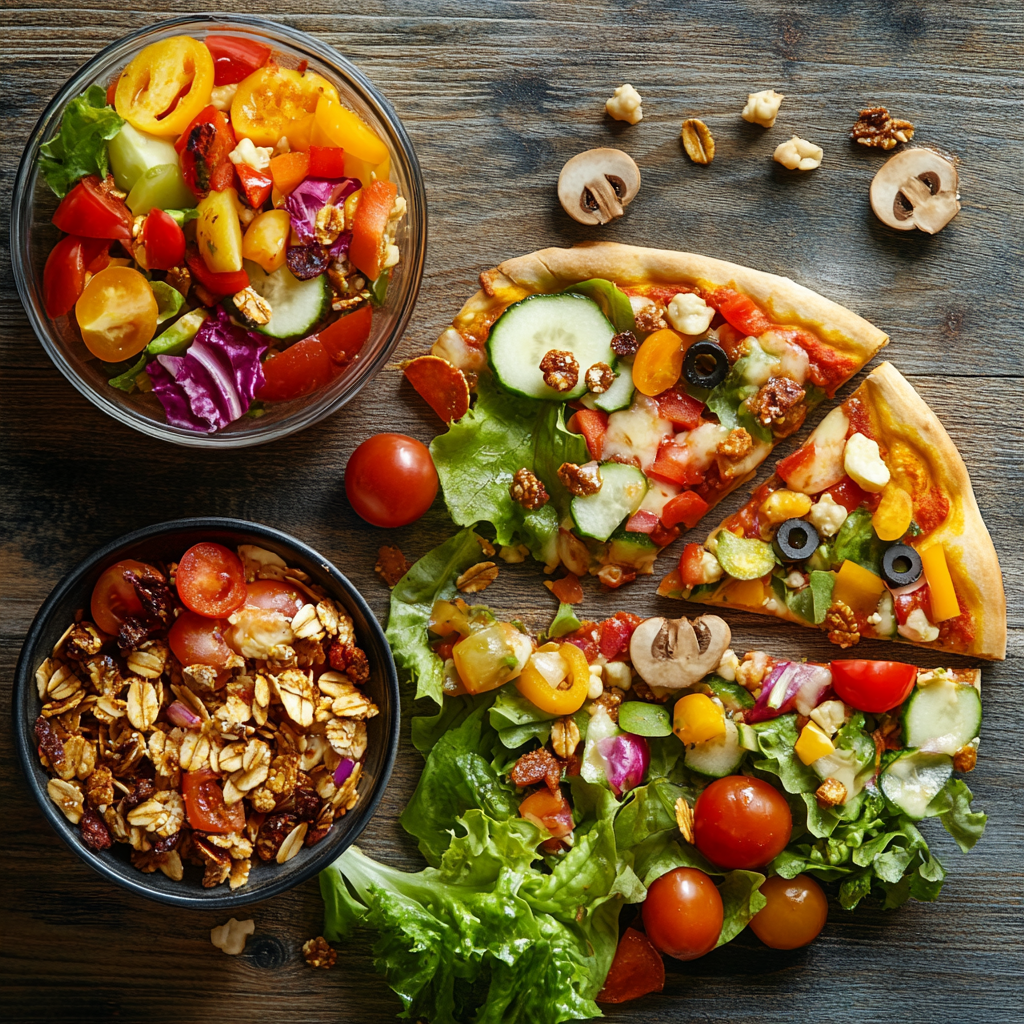
Comparing Cookies to Other Mixtures “Is Chocolate Chip Cookie an Element Compound or Mixture”
Chocolate chip cookies are a great example of a heterogeneous mixture, and comparing them to other mixtures helps highlight their unique characteristics. Unlike homogeneous mixtures such as saltwater or tea, where the components blend seamlessly and appear as a single substance, cookies clearly show their separate ingredients. You can see the chocolate chips, dough, and any add-ins like nuts or raisins, which retain their individual properties. This visible distinction is a defining feature of heterogeneous mixtures. In this sense, cookies are more like a salad or trail mix, where each component is easily identifiable and separable by physical means, such as picking out a chocolate chip or a walnut.
However, cookies also differ from some other heterogeneous mixtures in their preparation. Baking introduces chemical changes that blend some ingredients more thoroughly. For instance, the sugar melts and integrates into the dough, while the butter combines with flour to form a cohesive texture. Despite these changes, the cookie’s overall structure remains non-uniform, setting it apart from homogeneous mixtures like cake batter, which becomes evenly blended before baking. Comparing cookies to mixtures in everyday foods, such as a sandwich or pizza, further illustrates how diverse mixtures can be. Understanding these differences helps clarify how mixtures work and shows how the same scientific principles apply to a variety of scenarios in cooking, baking, and beyond.
Frequently Asked Questions (FAQs) “Is Chocolate Chip Cookie an Element Compound or Mixture”
Can a Cookie Be a Compound If Fully Blended?
No, even if the ingredients in the dough are thoroughly blended, the chocolate chips and other elements remain separate, making it a mixture.
What Are Examples of Compounds in a Cookie?
Compounds like sugar (C₁₂H₂₂O₁₁) and salt (NaCl) are used in making cookies, but the cookie itself is not a compound.
Is Chocolate Itself a Mixture or Compound?
Chocolate is typically a mixture, as it contains cocoa solids, cocoa butter, sugar, and sometimes milk, which are physically combined.
Why Is Understanding Mixtures Important in Baking?
Understanding mixtures helps bakers combine ingredients effectively to achieve the desired texture, flavor, and consistency in their baked goods.
What Is the Scientific Benefit of Knowing This?
Learning about mixtures versus compounds enhances your understanding of basic chemistry and how substances interact in cooking and baking.
Conclusion
Chocolate chip cookies perfectly illustrate the concept of a heterogeneous mixture. They combine ingredients like chocolate chips, sugar, and butter, but these components do not bond chemically or blend uniformly. This distinction separates cookies from elements, which are pure substances, and compounds, which involve chemical bonds.
Understanding the science behind mixtures helps you appreciate how everyday foods are structured. Whether baking cookies or preparing another dish, recognizing the difference between elements, compounds, and mixtures offers valuable insights. Next time you enjoy a chocolate chip cookie, you can savor it while understanding its classification—and the science that makes it so delicious!
